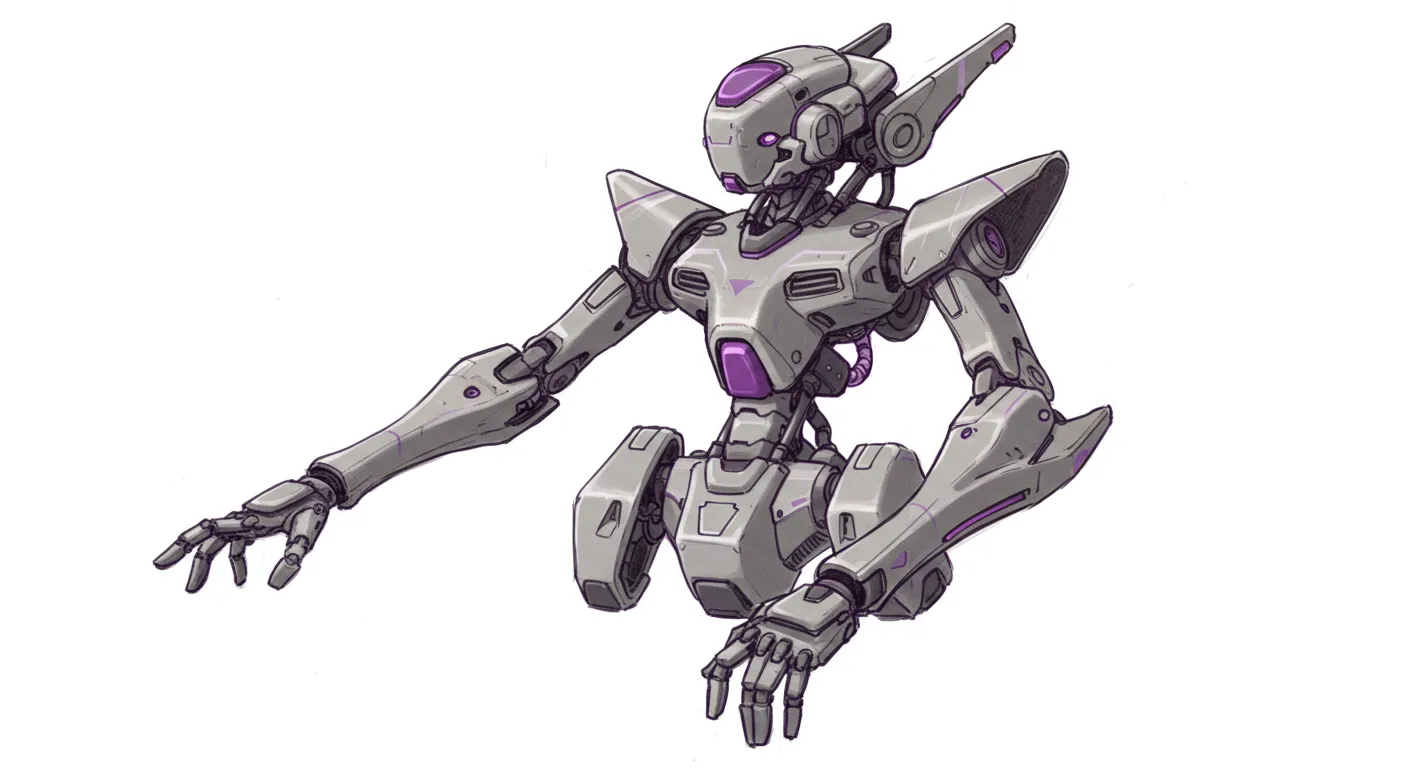In the world of robotics, a new contender has emerged on the table tennis court, challenging perceptions of machine precision and athletic performance. Researchers have developed a robotic system that can compete at an intermediate skill level, sparking a lively debate among online commentators about what truly constitutes "human-level" play.
The robot, which operates on a guided rail system, has managed to win 55% of matches against intermediate human players—a feat that has both impressed and skeptical tech enthusiasts. While some online commentators argue that the robot's performance looks slow and lacks the dynamic movement of a human player, others see it as a significant step forward in robotic control and predictive motion.
Interestingly, the discussion reveals more about human expectations of technological progress than the technical achievement itself. Some participants dismissed the robot for not standing on two legs, while others celebrated the innovative approach to solving a complex motion and prediction problem. The nuanced debate highlights the ongoing challenge of defining "human-level" performance in artificial systems.
The robot's defensive playing style, which focuses on consistent returns rather than aggressive shots, mirrors strategies used by human players who excel through precision rather than raw power. This approach suggests that advanced robotics might not always need to mimic human movement perfectly to achieve competitive performance.
As with many technological breakthroughs, this table tennis robot represents an incremental but important step. It's not about creating a perfect humanoid player, but about understanding complex motion, prediction, and adaptive response—core challenges in robotic design that extend far beyond the ping pong table.


